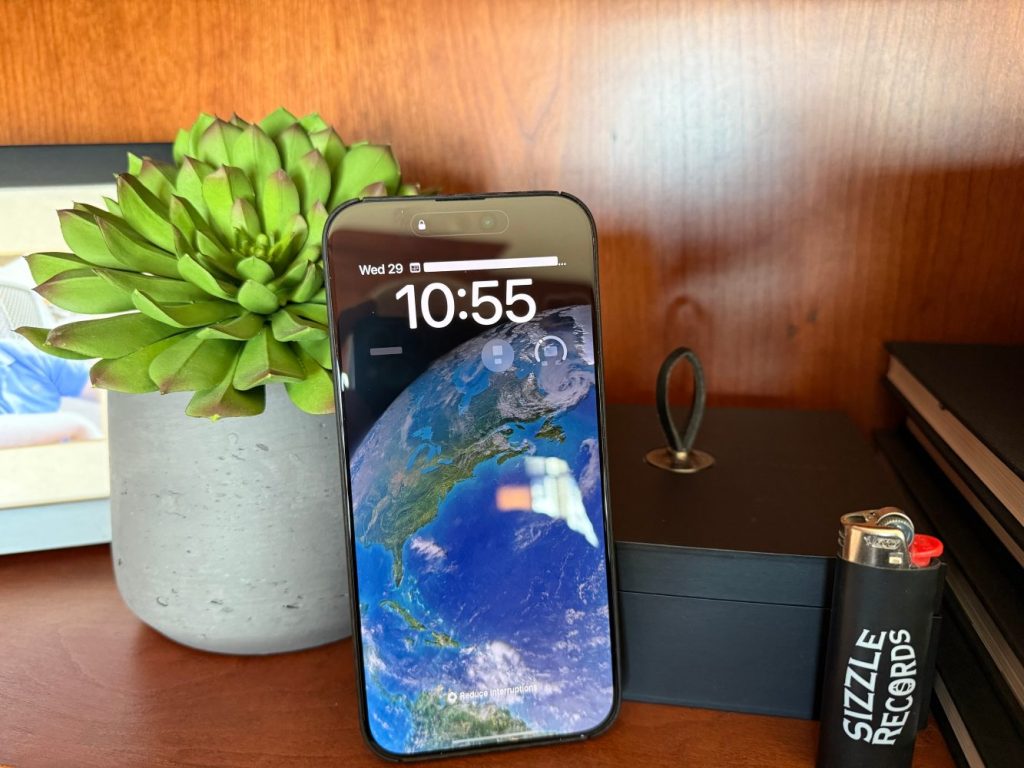Now Reading: Revolutionary Contact Lenses Enable Night Vision, Even with Closed Eyes
-
01
Revolutionary Contact Lenses Enable Night Vision, Even with Closed Eyes
Revolutionary Contact Lenses Enable Night Vision, Even with Closed Eyes

Quick Summary
- Invention: Scientists have developed night-vision contact lenses that enable humans to see infrared light without a power source, using nanoparticles embedded in soft polymers.
- How It Works: The lenses absorb near-infrared photons (800-1,600 nm) and emit visible light (380-750 nm), allowing users to perceive otherwise invisible infrared wavelengths.
- Testing Results:
– In mice: Mice wearing these lenses showed preference for dark environments when exposed to infrared light, demonstrating visual capacity; brain scans confirmed visual processing activation.- In humans: Test subjects could perceive flickering infrared light and its direction while wearing the lenses, with better sensitivity when their eyes were closed due to reduced visible-light interference.
- Potential Uses:
– Security, rescue operations, anti-counterfeiting tools, and details encryption via flickering infrared light signals.
– Modified versions of the technology could perhaps aid colorblind individuals by converting parts of the visible spectrum into enhanced colors for clearer perception.
- Limitations & Future Prospects:
– Current sensitivity restricted to bright LED sources; further work required for detection at lower intensities.
– Close proximity of lenses to the retina limits resolution; an additional glass-based wearable system is being designed.
Image Credit: Yuqian Ma, Yunuo Chen, Hang zhao
Indian Opinion analysis
The development of non-powered night vision contact lenses represents a significant leap in wearable optical technology. For India-home to robust technology sectors and defense applications-the innovation could hold transformative implications. If adapted at scale and made affordable,such advances may particularly benefit India’s security forces operating across challenging terrains during low-light conditions. Furthermore, applications in fields like medical imaging or agriculture (e.g., nocturnal monitoring) broaden its utility scope.
However, integrating such nascent technologies into real-world request necessitates caution. Concerns around durability under extended use and ethical questions about misuse need contemplation before commercialization begins. While promising research continues globally in nano-optics sciences like this one from China’s laboratories-India’s burgeoning nanotechnology ecosystem might also proactively explore similar innovations aligned with domestic needs.


























